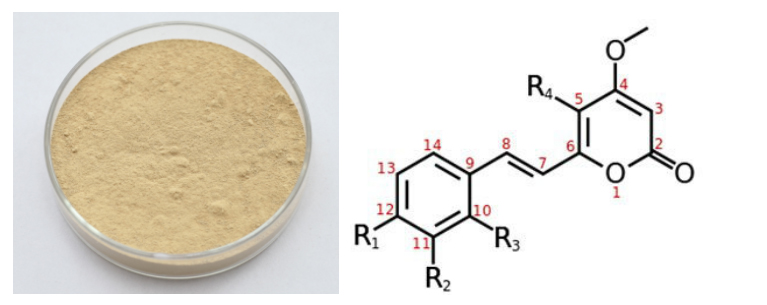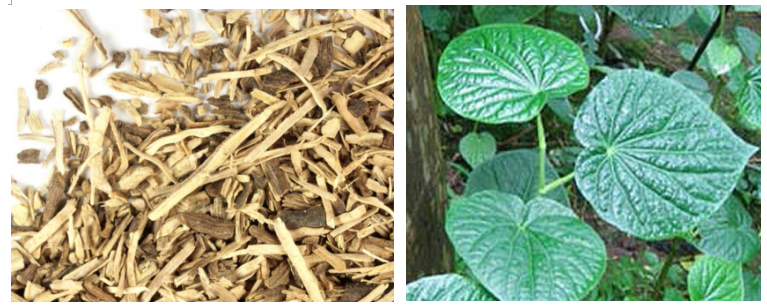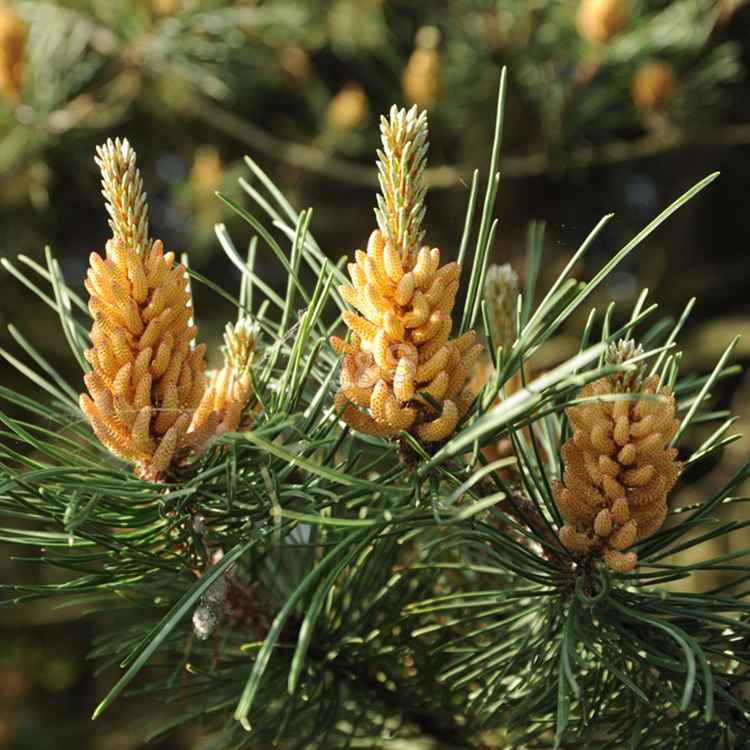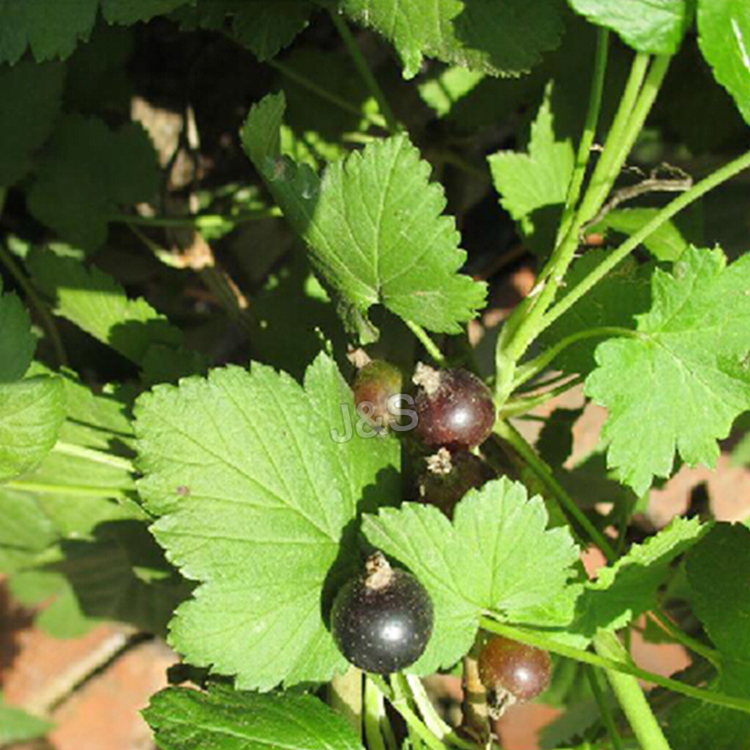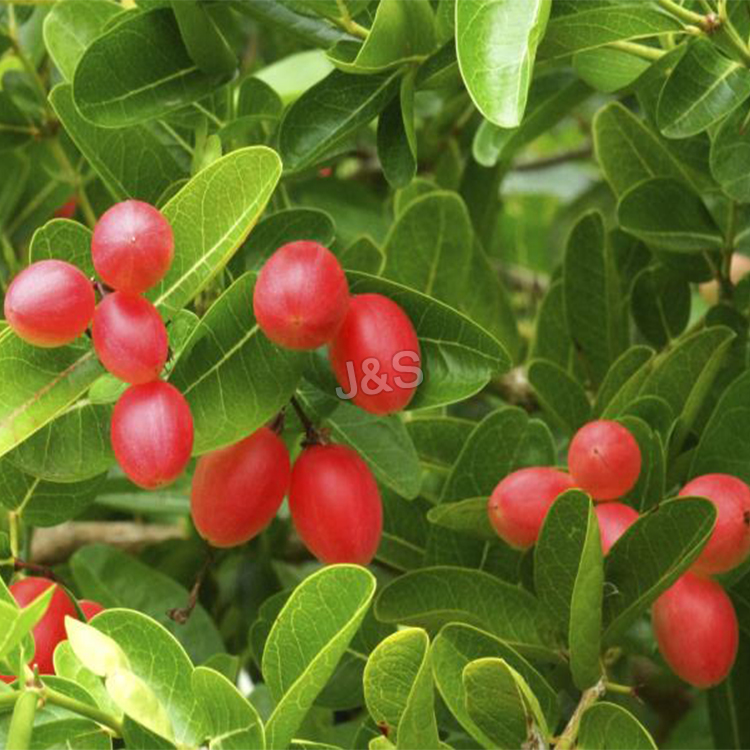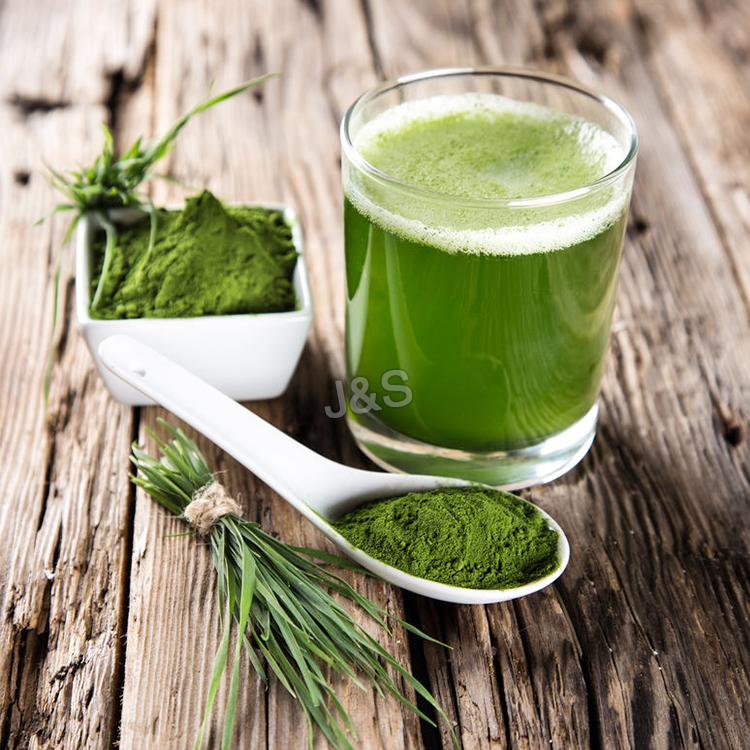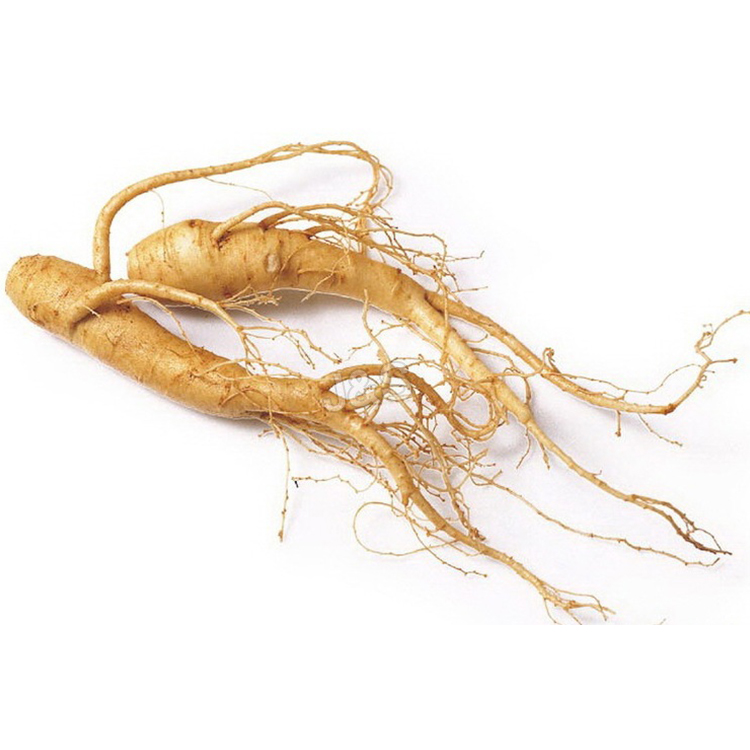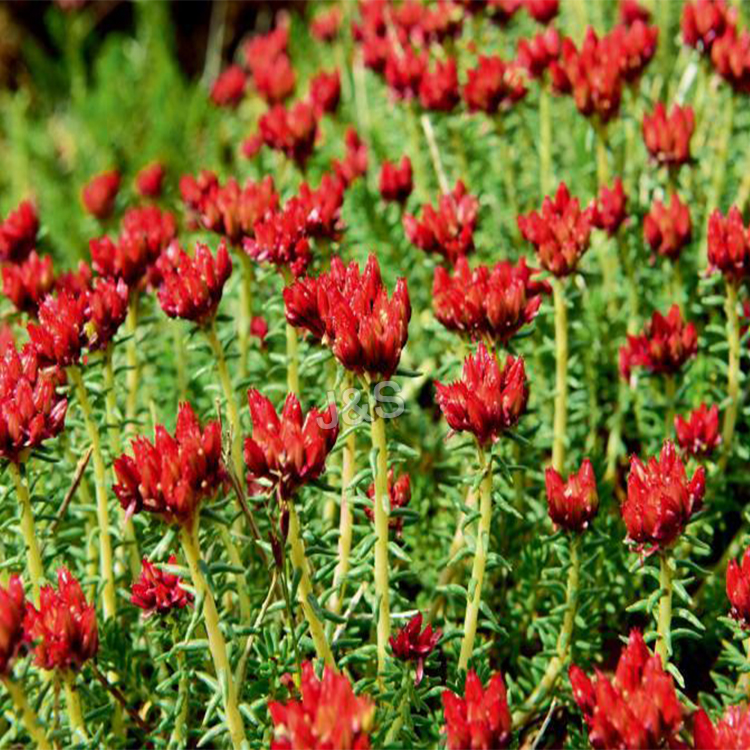Customized Supplier for Kava Extract Factory for Auckland
Customized Supplier for Kava Extract Factory for Auckland Detail:
[Latin Name] Piper methyicium L.
[Specification] Kavalactones ≥30.0%
[Appearance] Yellow powder
Plant Part Used: Root
[Particle size] 80Mesh
[Loss on drying] ≤5.0%
[Heavy Metal] ≤10PPM
[Storage] Store in cool & dry area, keep away from the direct light and heat.
[Shelf life] 24 Months
[Package] Packed in paper-drums and two plastic-bags inside.
[Net weight] 25kgs/drum
[What is Kava?]
Kava, also known as piper methysticum, kava kava, and ‘awa, is a small shrub native to the islands in the South Pacific. The root and stems are made into a non-alcoholic, psychoactive beverage that has been used socially and ceremonially for hundreds of years in Hawaii, Fiji, and Tonga.
Kava is traditionally prepared by placing ground root and stem into a porous sack, submerging in water, and squeezing the juice into a large, carved, wooden bowl. Coconut half-shell cups are dipped and filled — punch bowl style. After drinking a cup or two a feeling of heightened attention combined with relaxation begins to come on. Although it is soothing, it is unlike alcohol in that thoughts remain clear. The flavor is largely inoffensive, but some find that it takes getting used to; it really depends on your preference for earthy flavors.
[Kava is Safe to Use]
The safe and effective benefits of kava to relieve symptoms of anxiety were also supported in a meta-analysis, a systematic statistical review of seven human clinical trials published in 2000 in the Journal of Clinical Psychopharmacology, and again in a similar critical review in 2001. The reviews did not find significant adverse effects related to liver toxicity.
In conclusion, the liver is affected by many substances, including prescription and non- prescription drugs, as well as alcohol, which is a major cause of liver damage. We must be aware that herbs are potent medicines, to be treated with the appropriate respect regarding potential interactions and toxicity, including to the liver. On the other hand, Kava kava’s margin of safety far surpasses that of it’s pharmaceutical equivalent.
[Function]
Kava’s can help offset a number of problems, most notably stress, anxiety, and disrupted sleep patterns. However, kava’s anxiolytic (anti-panic or anti-anxiety agent) and calming properties can offset many other stress and anxiety related ailments.
1. Kava as a Therapy for Anxiety
2. Kava May Remedy Menopausal Mood Swings
3. Weight Loss
4. Combat Premature Aging
5. Quit Smoking Aid
6. Combat pain as an analgesic
7. Insomnia
8. Depression
Product detail pictures:
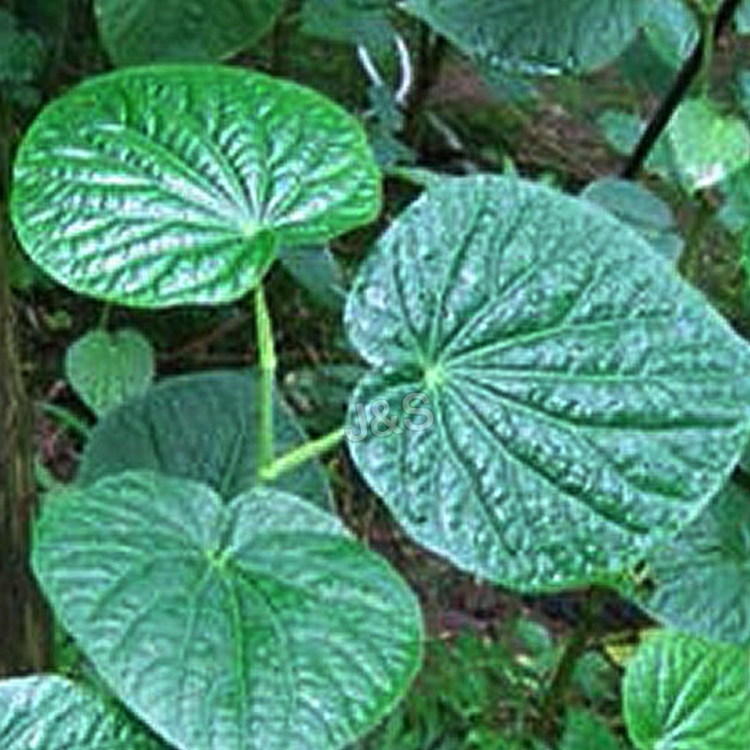
Related Product Guide:
While in the past few years, our organization absorbed and digested innovative technologies both equally at home and abroad. Meanwhile, our organization staffs a group of experts devoted for the advancement of Customized Supplier for Kava Extract Factory for Auckland , The product will supply to all over the world, such as: belarus, Iraq, Algeria, Now we've been sincerely consider to grant brand agent in different areas and our agents' maximum margin of profit is the most important thing we care about. Welcome all of the friends and customers to join us. We have been ready to share win-win corporation.
Home Remedies (Natural Viagra) to Cure Erectile Dysfunction ED- How To Get Harder Erections!
Don’t forget to share this video: https://youtu.be/uXaeG9q1uVc
Erectile dysfunction or ED can spoil the happiness of one’s life.
The consequences of erectile dysfunction can step up to suicide. The study shows that a certain number of American men are suffering from Ed or other sexual disorders.
1. Egg, Honey and Carrot.
2. Ladies finger (Okra).
3. Ginger and Honey.
4. Walnut with Honey.
5. Garlic
6. Onion
7. Carrot
====== Follow us ======
❄ Website: https://www.healthbeautyaid.com/
❄ Twitter: https://twitter.com/healthbeautyaid
❄ Pinterest: https://www.pinterest.com/ILoveHBA/
❄ FaceBook: https://www.facebook.com/healthbeautyaid
❄ Google Plus: https://plus.google.com/u/0/+HealthBeautyAid
Plz subscribe our channel: https://bit.ly/2mb4bNz
This video shows you how to pronounce Hypericin
Factory equipment is advanced in the industry and the product is fine workmanship, moreover the price is very cheap, value for money!
